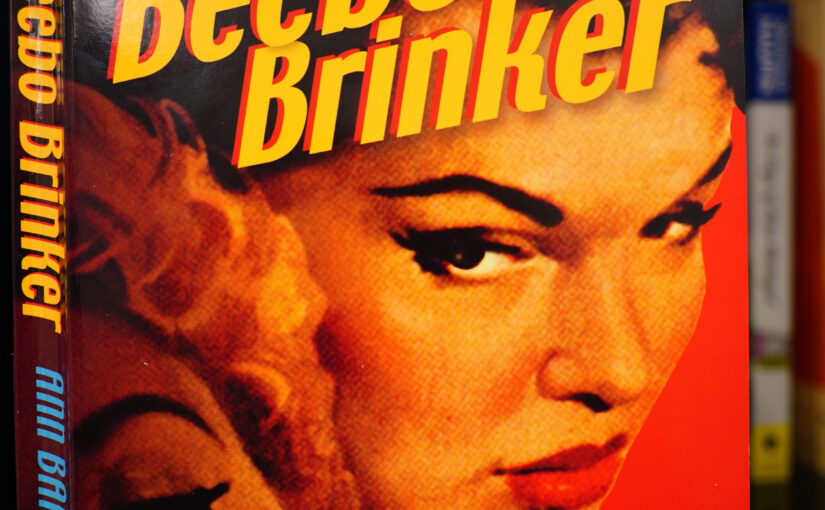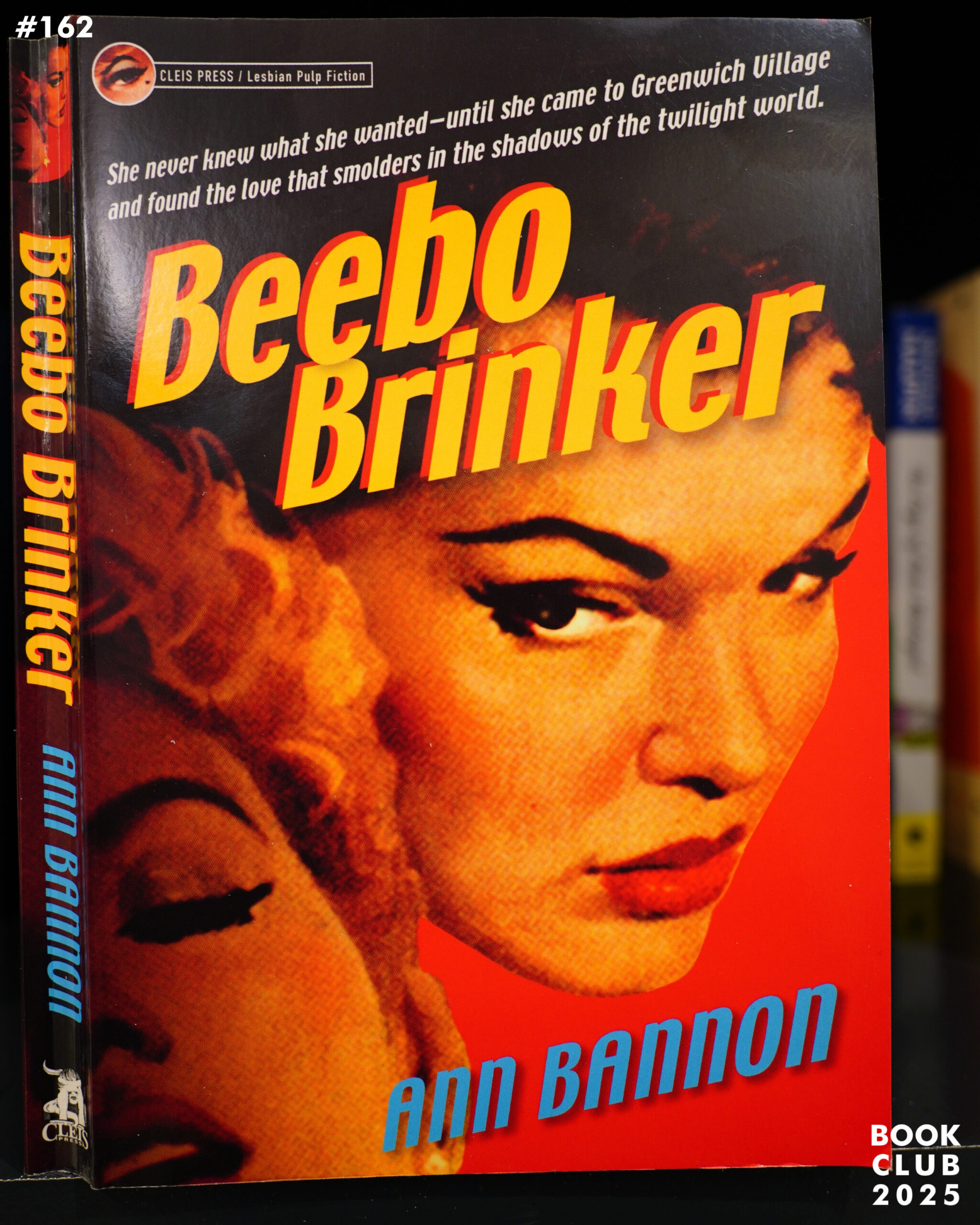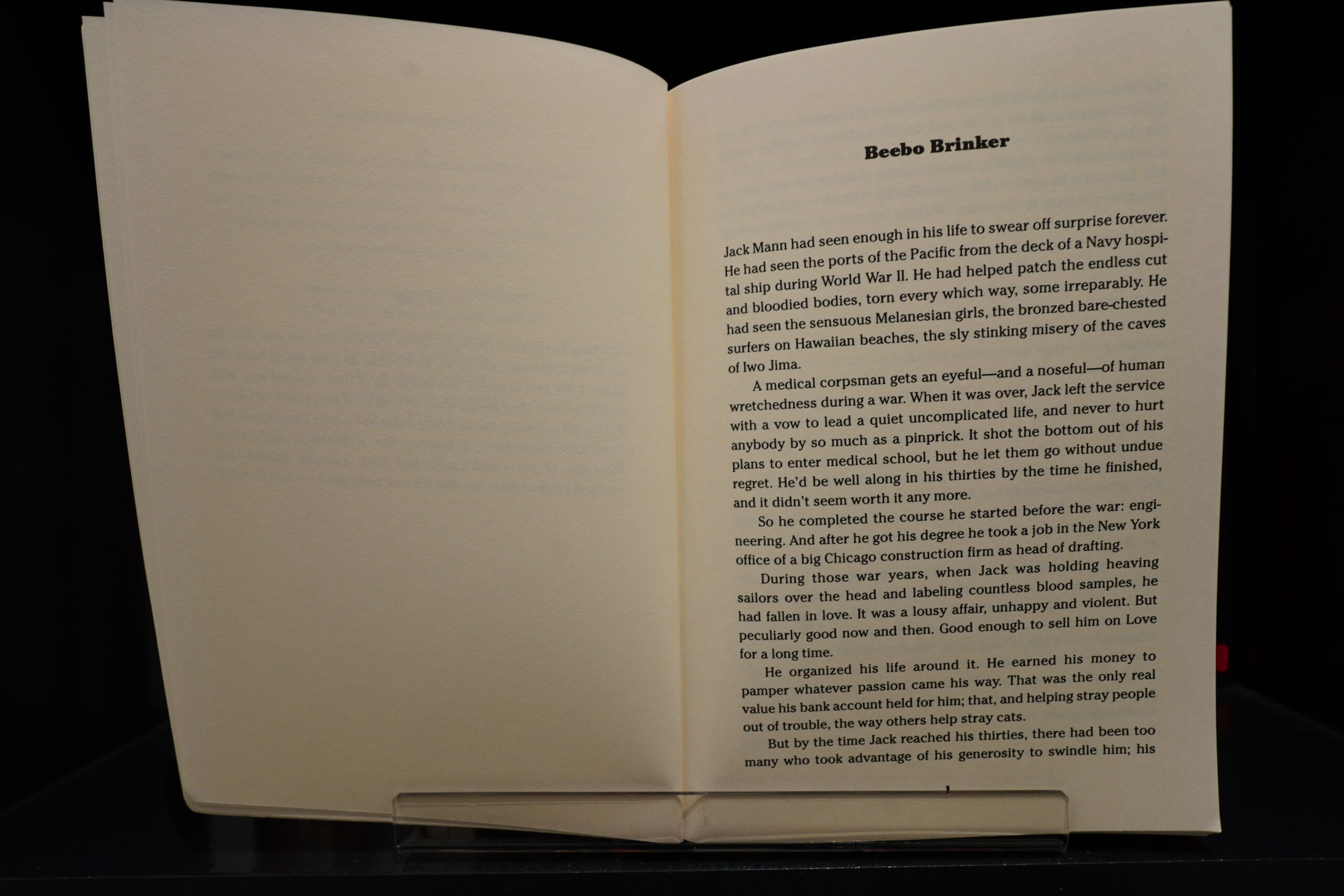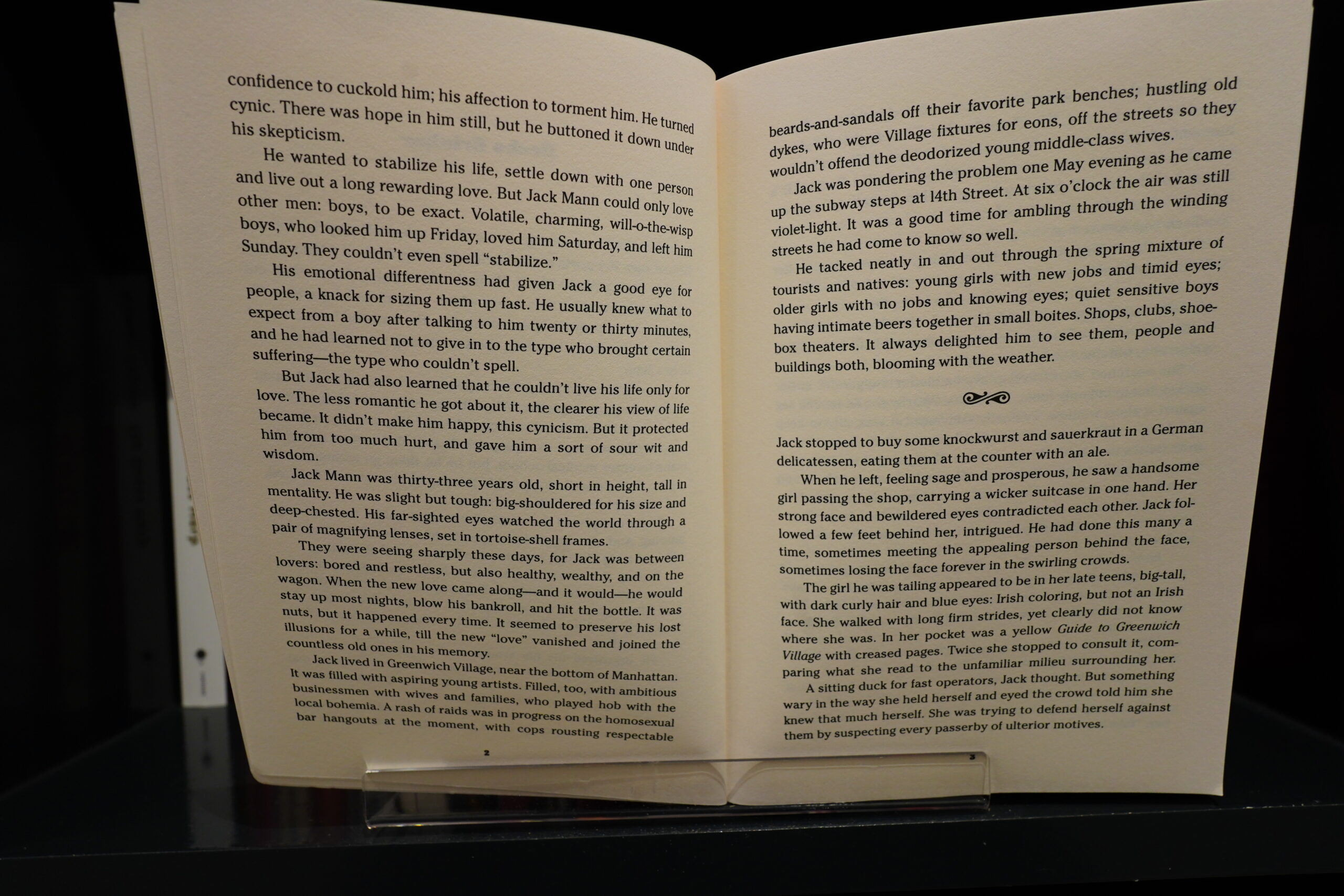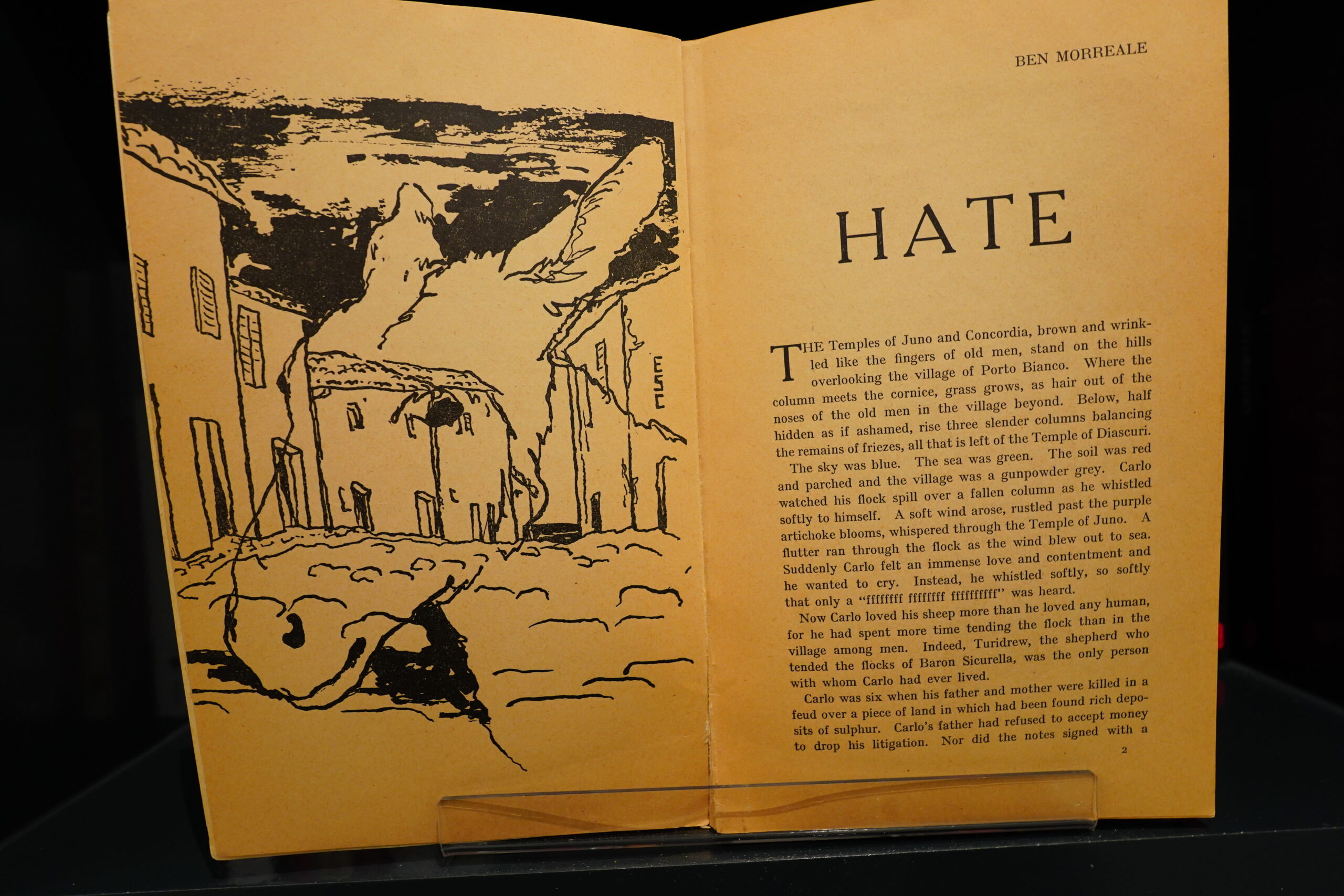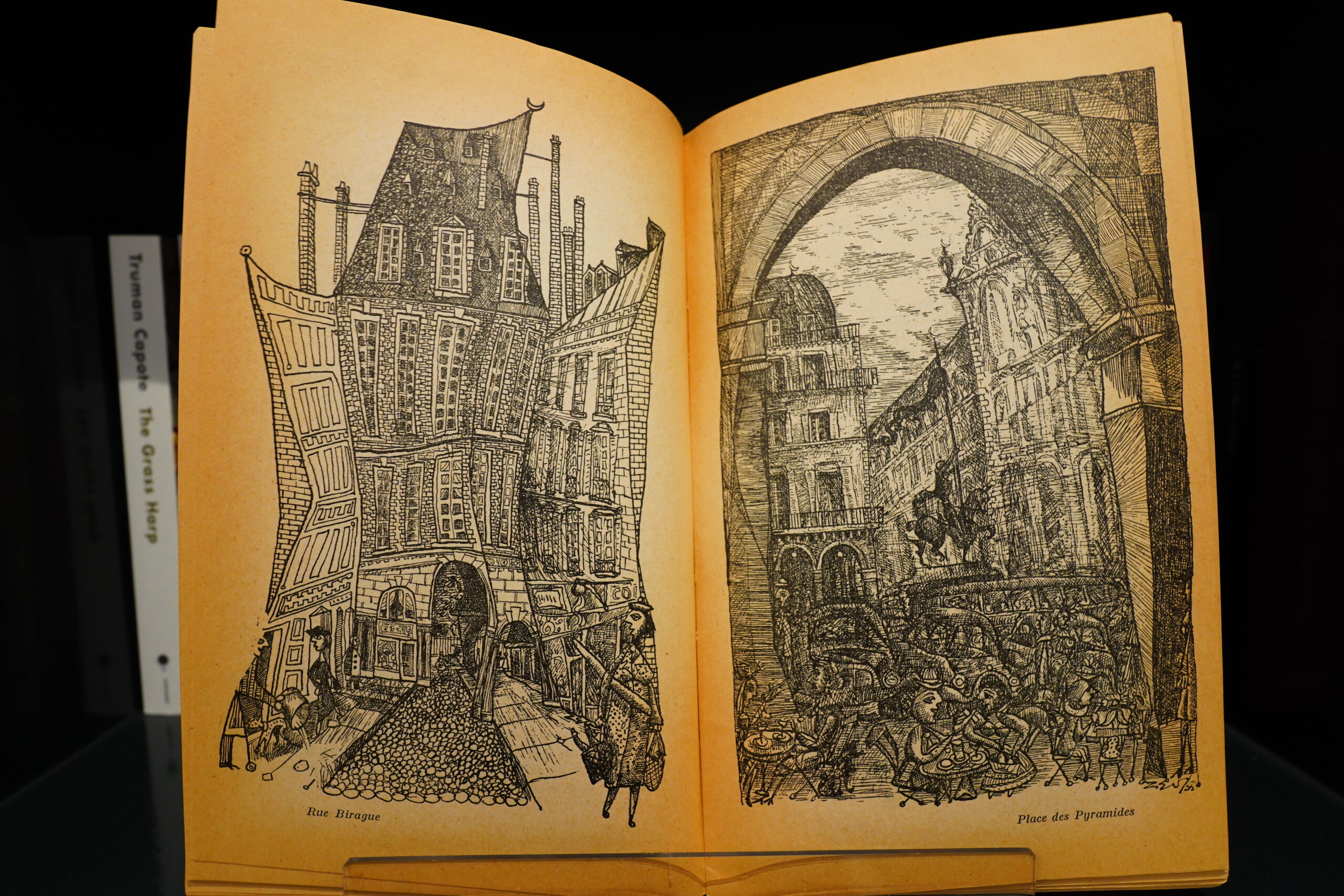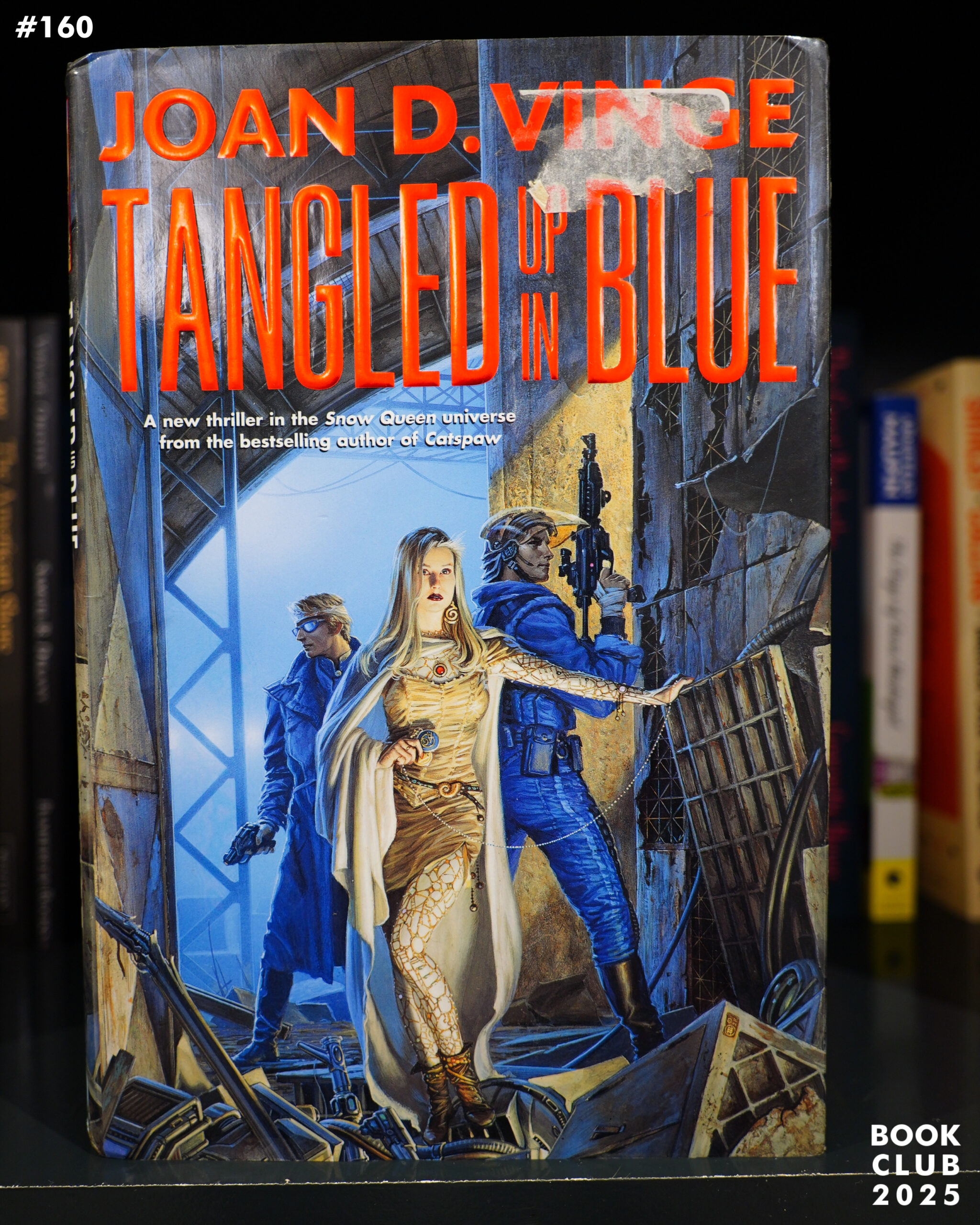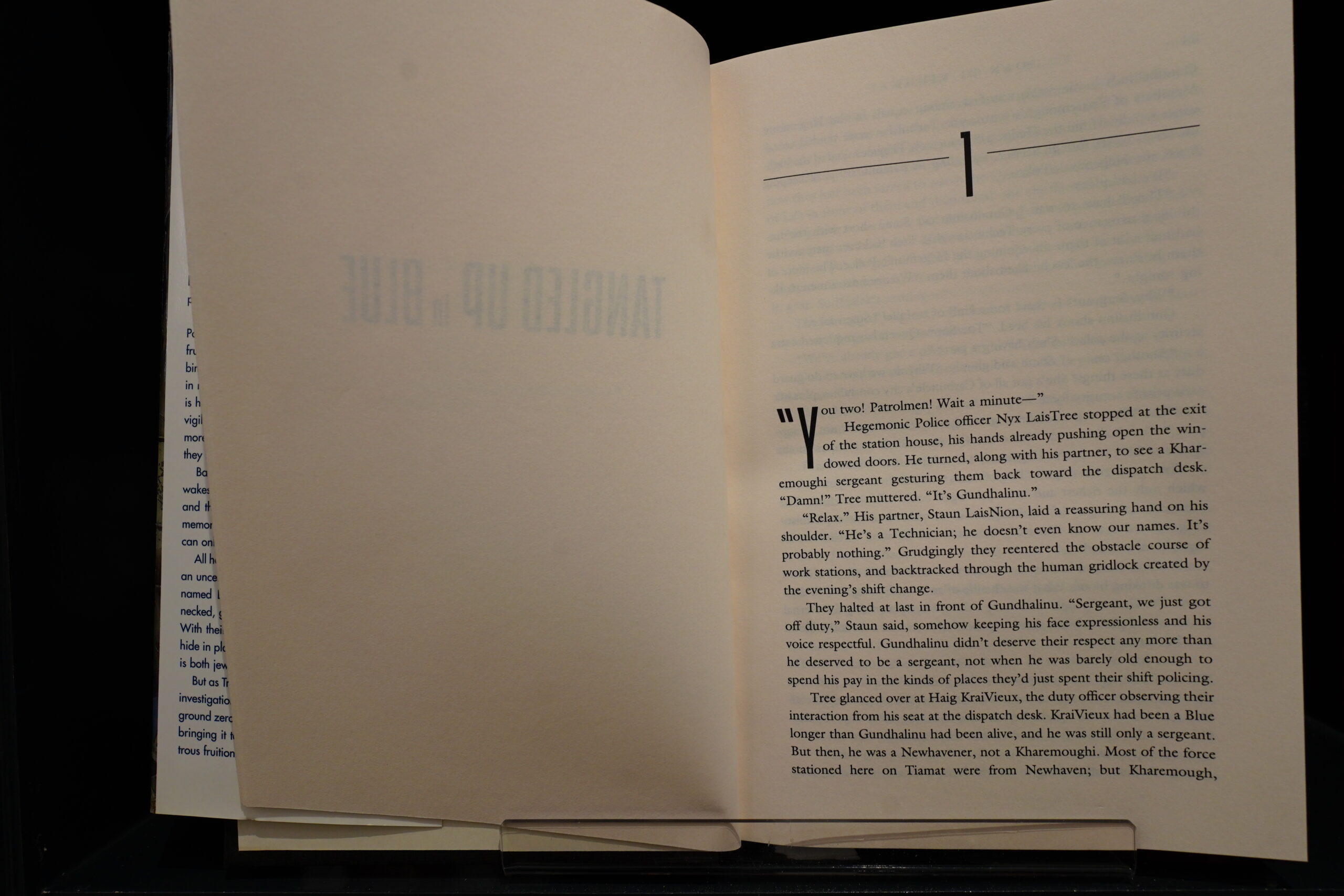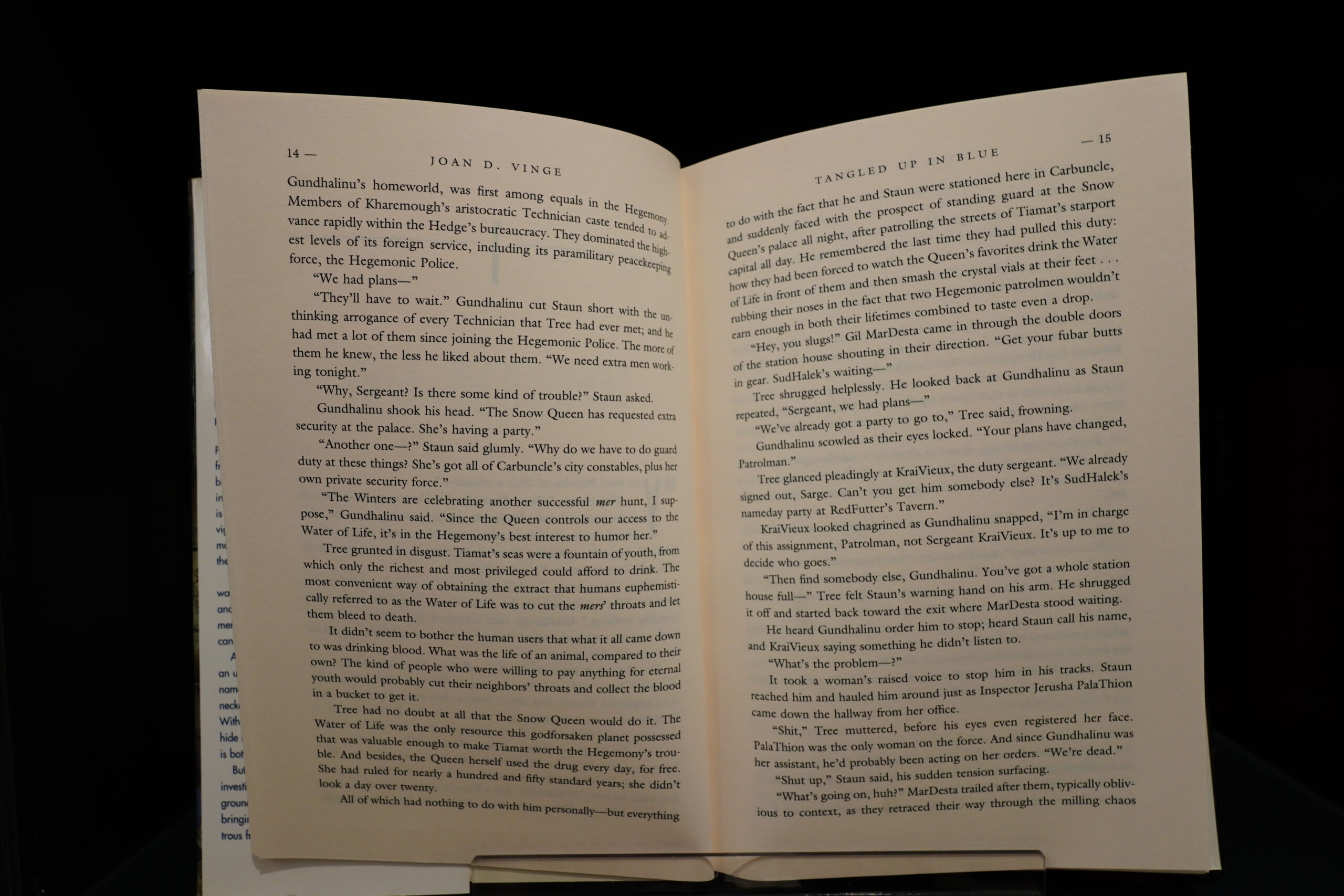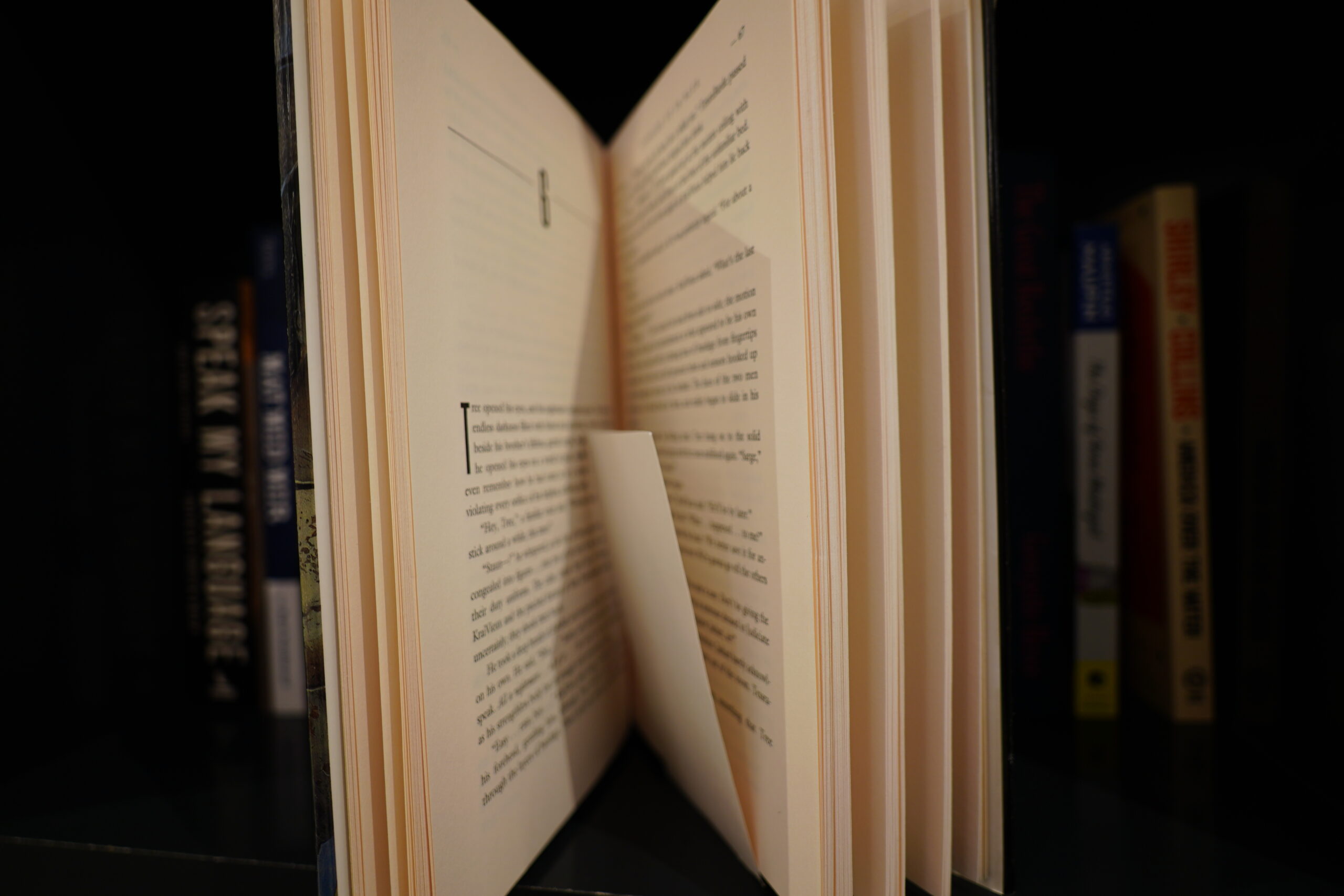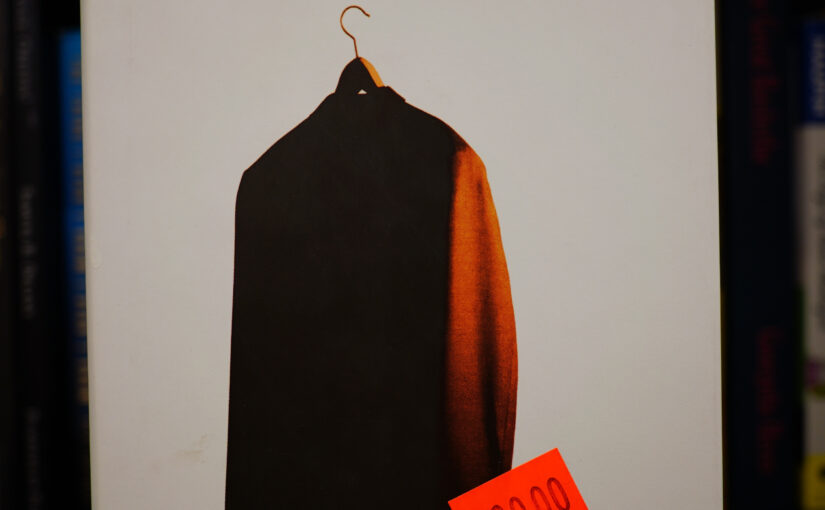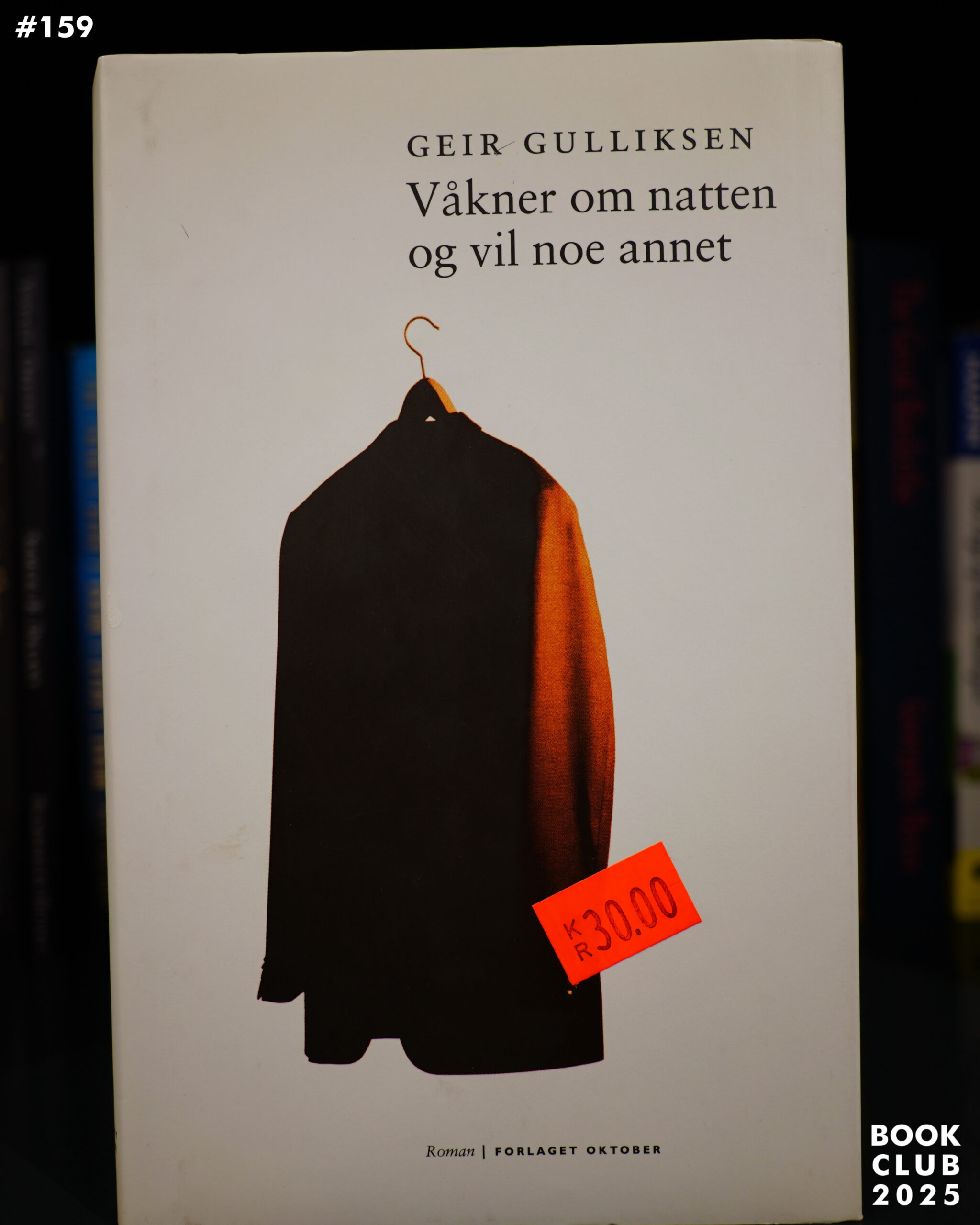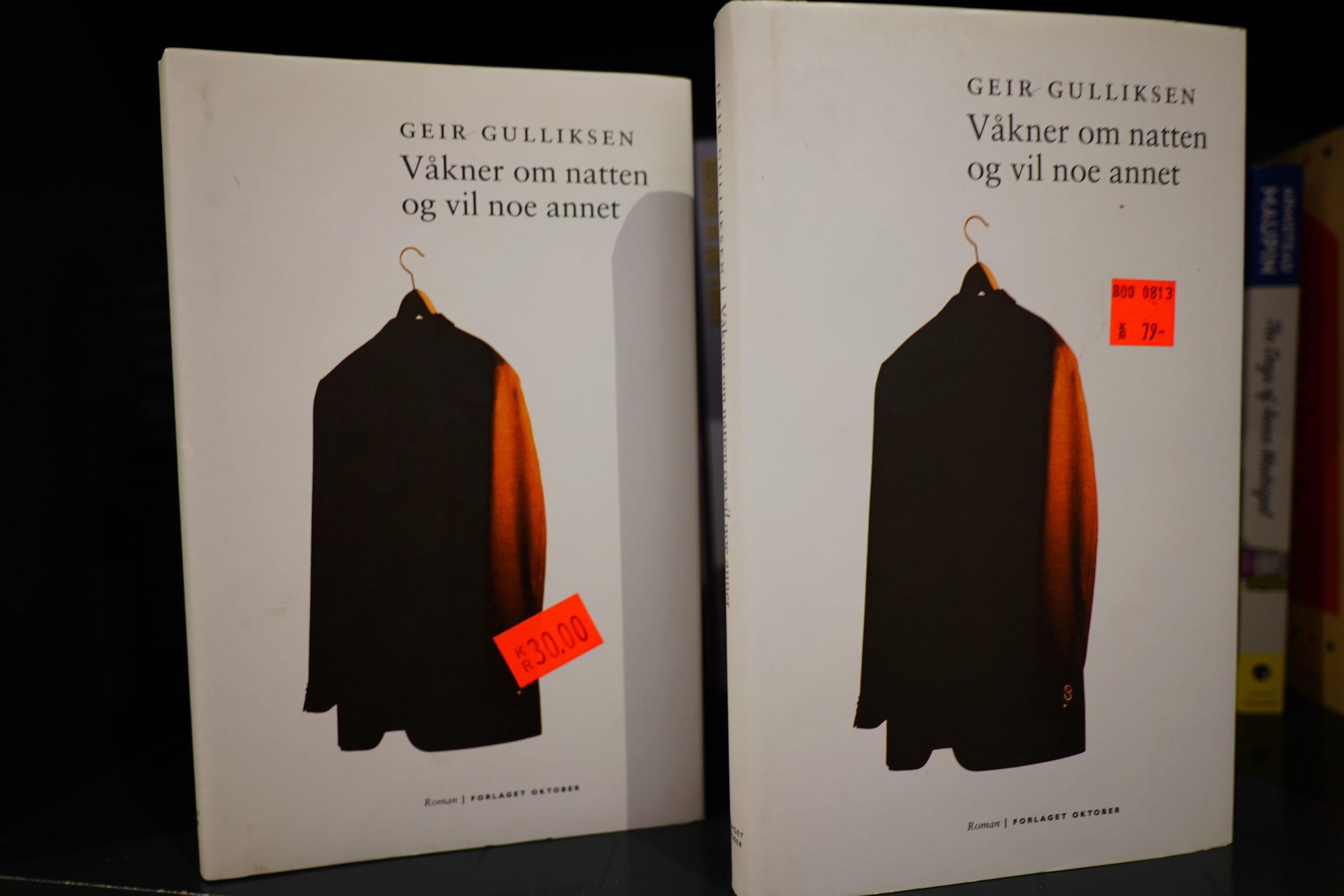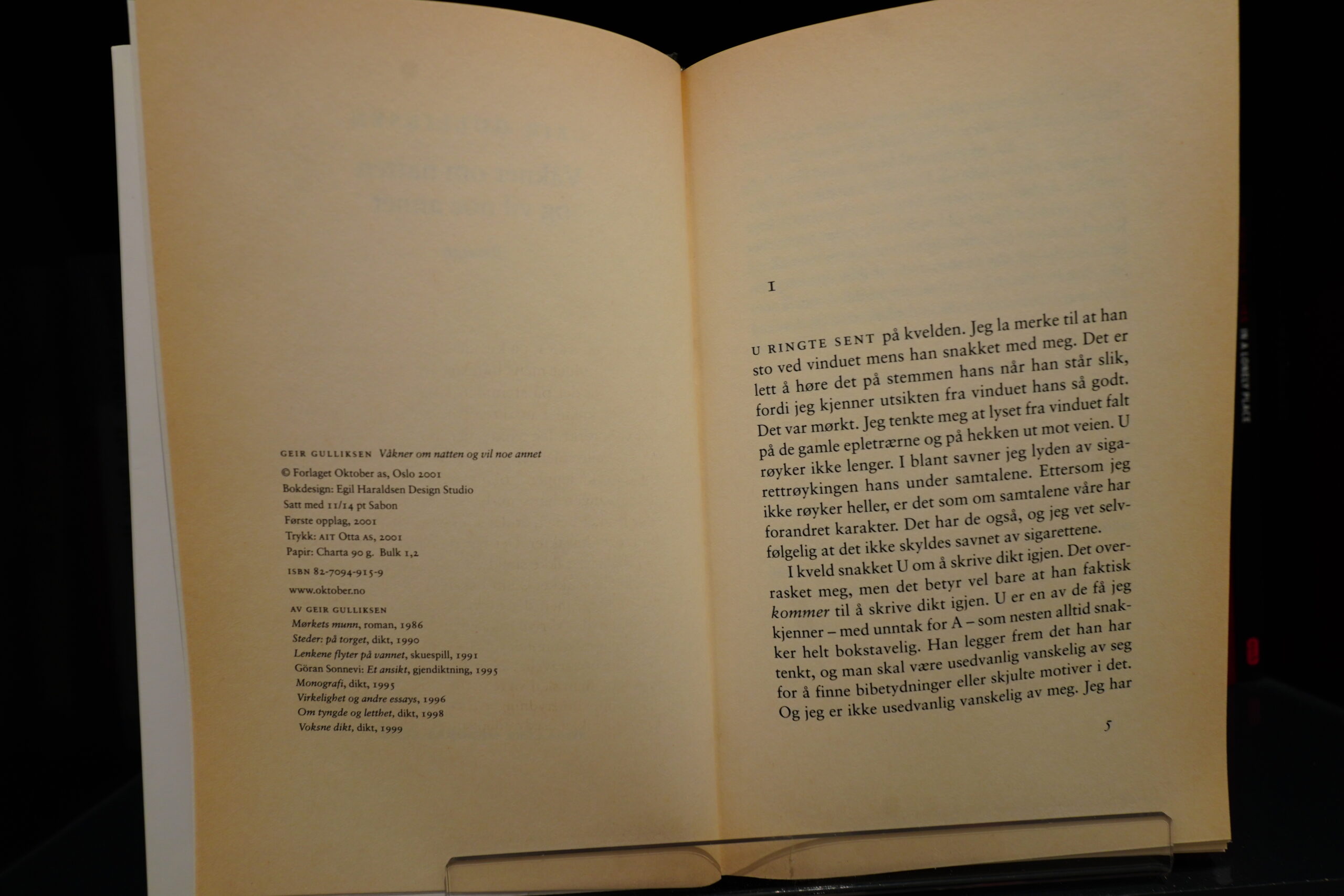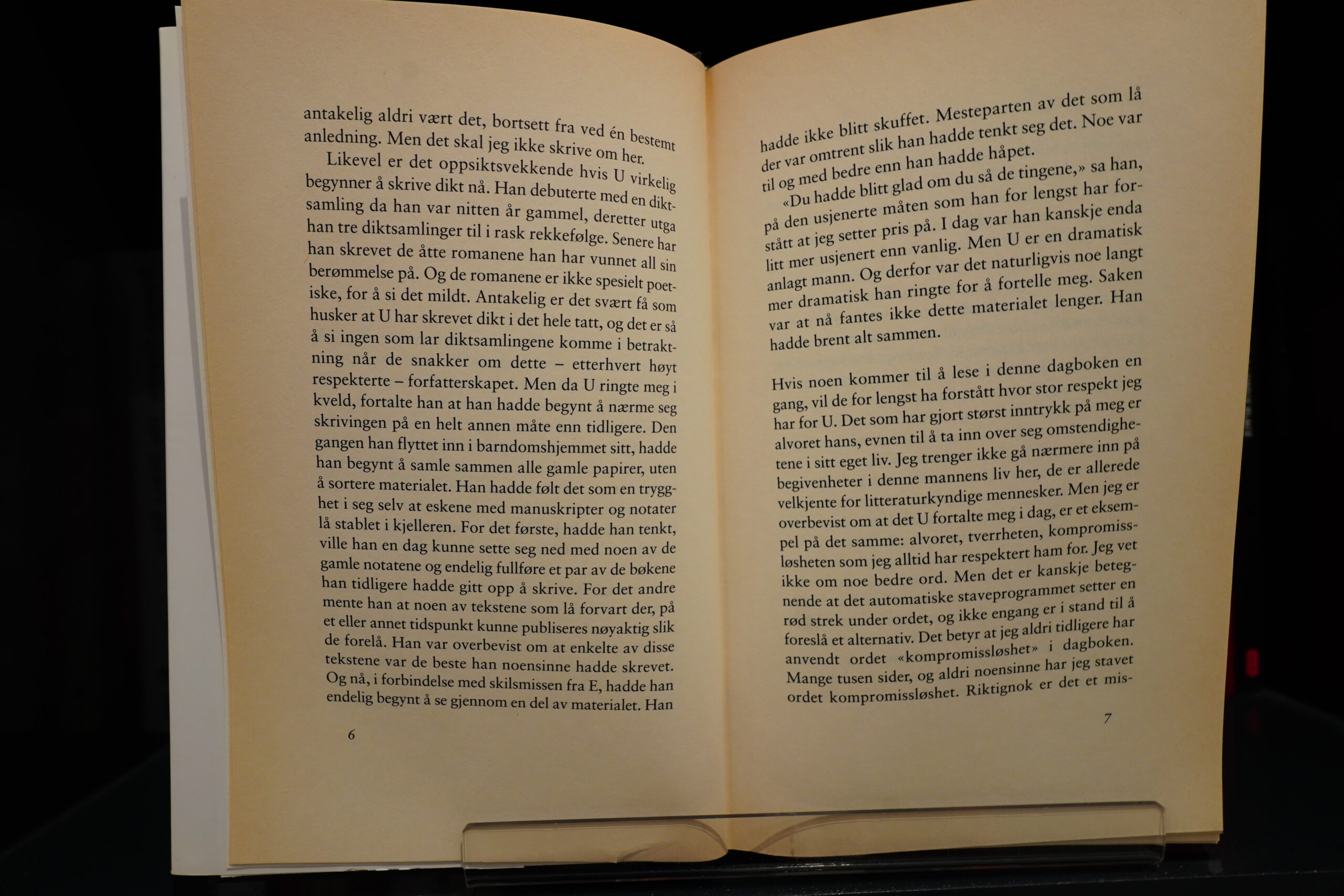I bought this, like, 20 years ago, because it’s one of those rediscovered masterpieces, and they can be interesting. And then I didn’t read it, because it’s one of those rediscovered masterpieces, and those usually aren’t very good.
But it’s not bad. I haven’t read any of the other books in this series by Ann Bannon, but this was the final book in the series, and it’s a prequel. So the first bit in this book is about how the main character (I think?) of the series came to live in New York, and that part is very entertaining.
But then there’s the last two thirds, and… Well, whenever we get local colour, it’s fun. It mostly takes place in Manhattan, and we get small drips of New York, but it’s mostly just dialogue. And these people talk and talk and talk, and the repartee isn’t witty, and the plot isn’t very exciting.
So it’s, eh… it’s OK? The fun parts are fun, but they are few and far between.
Beebo Brinker (1962) by Ann Bannon (buy new, buy used, 3.68 on Goodreads)
